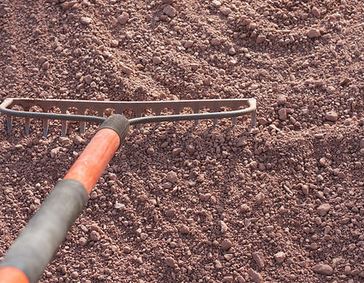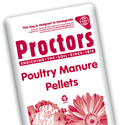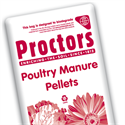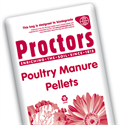If you are creating a new lawn or replacing your old one, seeding offers a much cheaper way to do it than using turf. There is also a much better range of grass varieties available as seeds than as turf, allowing you to buy specific grass species suitable for your growing conditions. Seeding your own grass therefore means you can get a lawn perfectly tailored for your garden at a fraction of the cost of using turf.
Getting a great lawn from seed does require a certain amount of effort, but if you take the right steps you can have a patch of grass that is the envy of all your neighbours. This month we look at the first part of the process – preparing to seed.
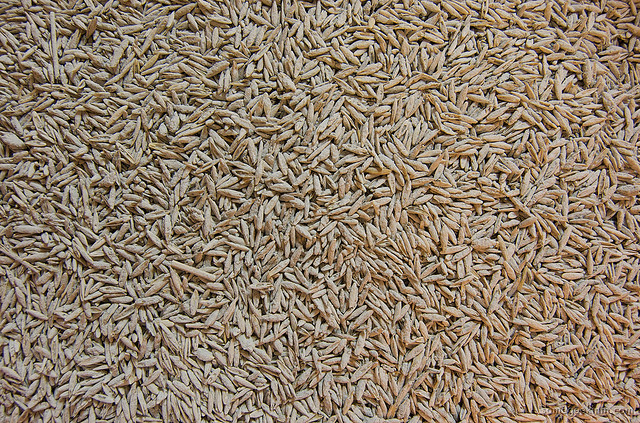
PHOTO BY Casey Fleser / CC BY
Choosing the right seed
There are hundreds of different varieties of grass seed available, all of which have different advantages and disadvantages. Most lawns are made up of a mix of different species allowing the final lawn to have the right balance of qualities needed.
Standard lawn grass – Most lawns are made of a mix of hard wearing, fast growing species such as perennial ryegrass, tall fescue and red fescues. These are ideal for most lawns as they stand up to a lot of regular use, however they will require regular mowing and cannot be cut too short so are more suited for those looking for usability over appearance.
Fine grass – If you are after a lawn that look beautiful and that you can keep very short, fine grasses such as chewings fescue, creeping red fescue and browntop are ideal. This will give you a lawn that looks great and is slow growing require less frequent mowing, however it will not be as hardwearing as a standard lawn.
Shade-tolerant grass – One problem area for many lawns is spaces under trees and near fences and walls where there is limited sunlight. If you are determined to have grass in these areas a mixture of species such as hard fescue, creeping red fescue and browntop should do well, although the resulting lawn will be fairly delicate and will not stand up well to regular use.
Preparing the ground
The key to getting a well finished lawn is to put in the groundwork (literally) by carefully preparing the ground to be seeded.
Clearing the area
The first step is to make sure the area where your new lawn will be going is completely clear. If you are replacing an existing lawn it is well worth hiring a turf cutter to remove the old turf. These can usually be hired relatively cheaply and make the job a lot quicker and easier. A turf cutter will also minimise the amount of soil you end up removing with the old grass, meaning less to put back later.
Working the ground
The next step is to dig over the soil. You should go down at least 15cm (6 inches) and make sure to remove any weeds or large stones that could disturb the surface of your finished lawn. A rotovater will make this a lot easier and again you can hire one relatively cheaply.
PHOTO BY VSPYCC / CC BY
Levelling
If you want a nice, flat, smooth looking lawn you will need to get the ground as level as possible before sowing your seed. Rake the worked soil as flat as you can, removing or adding top soil as necessary. Compact the ground thoroughly, either with a roller or by walking across it several times in different directions, using the heels of your shoes for greater impact. Add more soil as needed to fill any holes or depressions and use a string line and a spirit level for a relatively simple, cheap way to get a really level finish.
Wait
At this point, if you have the time (and patience!) you can leave the prepared area for a week or two to allow any weeds in the soil to germinate. You can then remove them which should significantly reduce the amount of weeds that will appear while your grass is germinating and result in a much better finish.
Proctors are lawn experts and our lawn care products can help you get the very best out of your grass. To find out more, call Proctors today on 0117 311 1217 or if you have a specific question, please feel free to Ask John.

